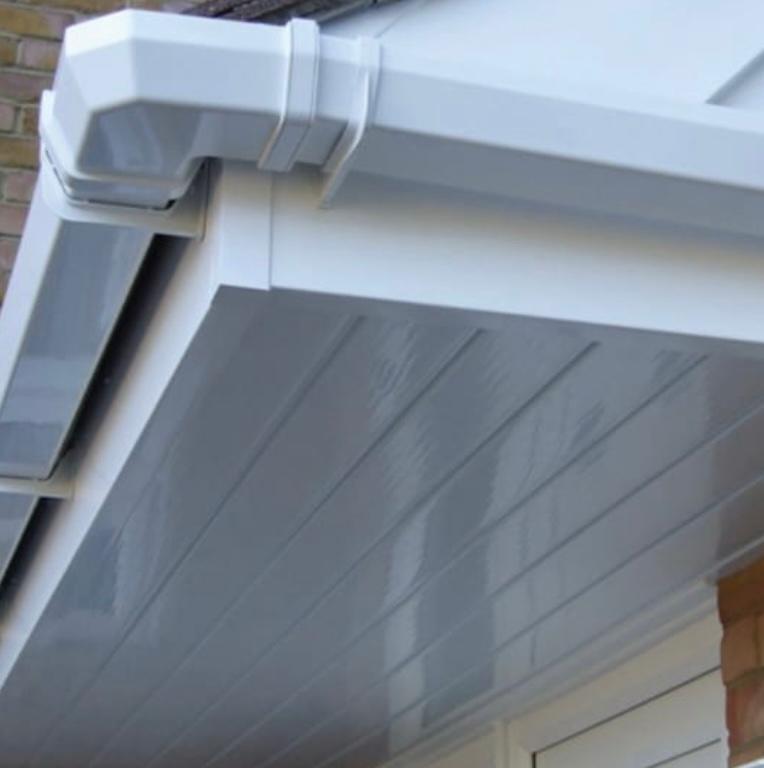DIY Roof Inspections for the New Year: A Step-by-Step Guide to Protect Your Investment
Introduction:
As we step into a new year, Hightop Roofers Birmingham advise it's the perfect time to ensure that your home is in top-notch condition, starting with the often-neglected aspect—the roof. Conducting a DIY roof inspection can be a proactive measure to identify potential issues early on, saving you from costly repairs down the line. In this guide, our roofers in Birmingham will take you through a step-by-step process to help you assess the health of your roof and ensure it's ready to face the challenges of the upcoming year.
Step 1: Safety First
Before you embark on your roof inspection journey, prioritise safety. Never attempt to climb on your roof, leave this to the professionals. External roof surveys should be carried out from the ground, with binoculars if possible. If you're unsure as to the state of your roof it's always wise to consult with a professional.
Step 2: Exterior Inspection
Start by visually inspecting the exterior of your roof. Look for missing or damaged shingles, signs of wear and tear, and any areas where the roof may be sagging. Pay attention to the flashing around chimneys, vents, and skylights, as these are common areas for leaks.
Step 3: Check for Debris
Remove any debris such as leaves, branches, or other debris that may have accumulated on your roof. This simple step can prevent water buildup and potential damage. Pay special attention to valleys and gutters, as clogs in these areas can lead to water pooling.
Step 4: Examine the Gutters and Downspouts
Inspect your gutters for clogs and ensure they are securely attached to the roofline. Clean out any accumulated debris, and check that downspouts are directing water away from the foundation. Proper drainage is essential to prevent water damage to both the roof and the structure of your home.
Step 5: Attic Inspection
Head to the attic to inspect the underside of your roof. Look for signs of water damage, such as stains, mold, or mildew. Check for adequate insulation and ventilation, as improper attic conditions can contribute to roofing issues.
Step 6: Assess the Flashing
Examine the flashing around roof penetrations, such as chimneys and vents. Loose or damaged flashing can be a common entry point for water. Ensure that the flashing is securely in place and free from rust or corrosion.
Step 7: Evaluate the Sealant
Inspect the sealant around vents, chimneys, and other roof protrusions. Cracked or deteriorating sealant can allow water to penetrate, leading to leaks. Reapply sealant as needed to maintain a watertight seal.
Conclusion:
By investing a little time in a DIY roof inspection at the beginning of the year, you can catch potential issues before they escalate into costly repairs. Remember, if you notice anything concerning or if you're unsure about any aspect of your roof's condition, it's always a good idea to consult with a professional roofing contractor. Taking these proactive steps can help you ensure the longevity and integrity of your roof, providing peace of mind for the year ahead.
Contact Hightop Roofers Birmingham today for professional advice and your free competitive quote.
You might also like
Roofers Birmingham Blog



